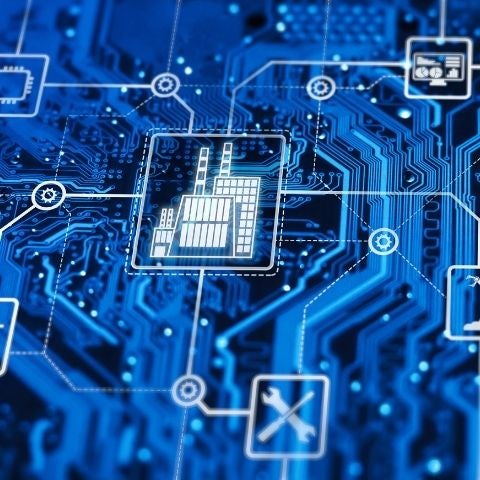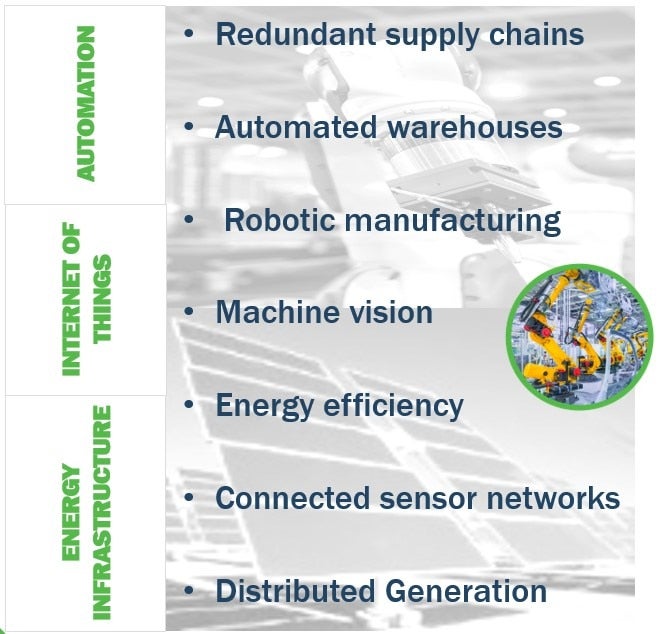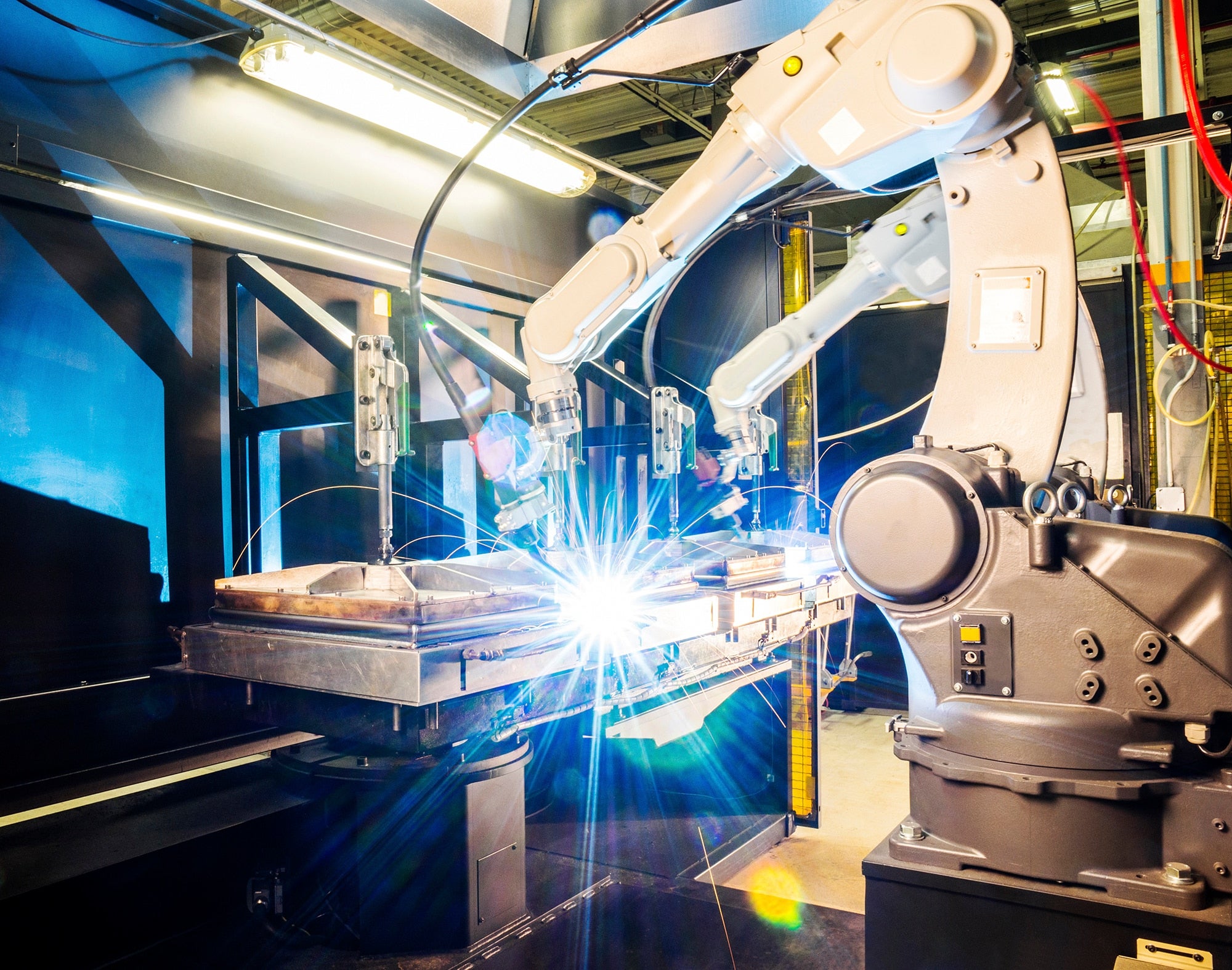All of us worldwide are dealing with the challenging new environment of COVID-19. I have been relatively lucky and only have had to share my home office with first-grade distant learning!
With the reality of the situation, businesses are finding ways to continue to serve their markets and customers. Now that we have lived with this new reality for six months, trends in industrial markets are becoming clearer.
One comment you will hear often is that the pandemic has accelerated many trends that were already in progress, and that is true for Industrial markets as well. A consistent theme that underlies all the trends is Resiliency.
Let’s break down the trends within these key segments of the industrial market: cloud networks, energy infrastructure and industrial automation.
Cloud Networks
Due to the lockdowns and quarantines in the last 6 months, the use of the internet has grown and advanced at a much greater rate than before. There are many people who ordered necessities online for delivery who will never set foot into a grocery store again. We are working, socializing, educating, entertaining and organizing virtually more than we ever expected, and have been forced to learn and get comfortable with the tools for it.
Fortunately, the infrastructure of our communication and information networks have responded incredibly well, holding up under the increased traffic and load. The growth in network usage has spurred a step up in investments in this critical infrastructure, with accelerating the deployment of 5G infrastructure, expansion of cloud computing data centers and even an up-tick in laptop purchases.
Cloud and edge computing and 5G networks are key application spaces for ON Semiconductor products, including high-and mid-voltage MOSFETs for power conversion, multiphase controllers and DrMOS power stages for core computing power and point-of-load devices for the multitude of peripheral and auxiliary functions to support the main compute and networking. Other key components we supply are timing, clock distribution and signal integrity to assure that data flows well between ASICs and processors, as well as eFuse and bus protection devices to improve reliability and prevent damage to sensitive circuits.
Energy Infrastructure
The depressed prices for fossil fuels might lead people to believe that there will be a resurgence in coal energy and the purchase of internal combustion engine vehicles. However, the reduced demand for electricity has increased the share of renewable energy used, as solar and wind assets are “must-take” in that if the energy is not used, then it is lost. With the growth of utility-scale energy storage deployment, it will make it even easier to use excess solar power during the day for the evening spike in demand as the sun goes down.
Renewable energy has declined in price remarkably rapidly over the last decade, and similarly over the last few years for battery technology, and these gains are set to continue. In some cases, it is cheaper to build new solar farms than to continue to operate existing coal power plants. Contrast this to fossil fuels, whose cost is volatile and highly affected by market conditions. Renewable energy offers lower and more stable costs.
ON Semiconductor is a leader in enabling solar power, energy storage and EV charging stations. Our wide range of power devices, such as super junction MOSFETs, IGBTs, and SiC diodes and MOSFETs, provide the fundamental building blocks for the power conversion to feed renewable power to the grid and to store and release it from batteries, pumped hydro or even falling concrete blocks. Our power switches are integrated into modules to provide DC/DC boost and inverter topologies, and the system is completed with isolated gate drivers to control the topologies, highly stable op-amps for accurate and reliable feedback, and switchers and controllers for auxiliary power supplies.
Industrial Automation
Resilient supply chains were already a priority in corporate board rooms, following floods in Thailand, the tsunami in Japan and, more recently, increasing trade tensions. This means redundant and flexible production, which can be rapidly repurposed. When you add in the concern about disease transmission and physical distancing, then increasing automation of logistics and manufacturing becomes the priority.
Autonomous warehouse and delivery robots, and collaborative manufacturing robots were already being deployed to reduce cost and improve quality. This is accelerating, and can be seen in the proliferation of companies both designing and building robot-targeted subsystems and integrating the subsystems into application-specific machines.
The core of an intelligent robot is the digital brain, but ON Semiconductor has products that enable every other function of the robot. Our leading image sensors are optimized for high dynamic range and have global shutters to maximize accuracy and throughput. We provide a wide variety of solutions for motor drive, supporting DC, stepper and BLDC motors with our gate drivers, MOSFETs, power modules and integrated motor drivers. Bluetooth, Wifi and Zigbee connectivity solutions and AC/DC conversion devices support other critical features of the robot.
Conclusion
The pandemic has restructured life in many ways and accelerated trends which have already been in the pipeline. ON Semiconductor has already been enabling these trends and we stand ready to support our customers as they make the transition to the new world.
Be sure to subscribe to our blog and follow us on social media to receive the latest updates on our technologies, solutions and company news!
Twitter | Facebook | LinkedIn | Instagram | YouTube



